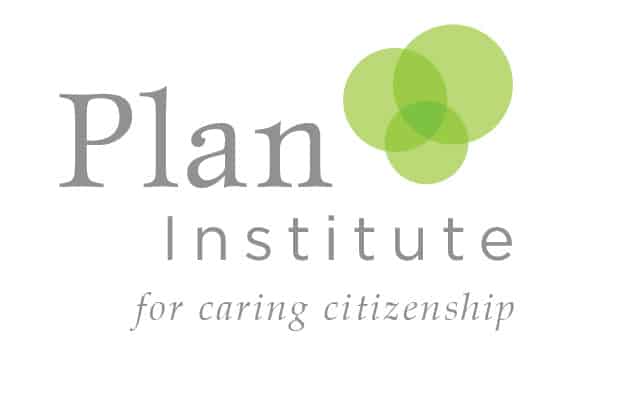People often ask us how they can contribute to a loved one’s RDSP. Contributing to someone else’s RDSP can be a practical gift for birthdays or holidays. It helps the beneficiary maximize their RDSP through matching grants and increase their retirement savings.
The RDSP is designed to allow anybody to contribute to the account, as long as they have the RDSP holder’s permission. There are generally two ways for someone who is not the RDSP holder or beneficiary to deposit money into the RDSP.
1) Money is given directly to the RDSP holder, who deposits it into the RDSP the way they normally make contributions.
For one-time payments, the holder can contact the financial professional or institution managing the RDSP and request that a pre-authorized payment be sent to the RDSP from their chequing account.
This method is often the easiest because the RDSP holder understands the contribution rules. However, it is important to remember that for some people receiving income or disability assistance from their province or territory, having money deposited into their account could be considered income and might affect their benefits. While the RDSP is usually seen as an exempt asset for benefits eligibility, money that is deposited into the recipient’s bank account and is later transferred to an RDSP may not be exempt.
Always check with the ministry or organization providing your benefits about how they view different types of income and assets. Our free Disability Planning Helpline can also help answer your questions.
2) The second way to contribute to someone else’s RDSP is to write a cheque to the financial professional or institution managing the RDSP.
Make sure to include the RDSP account number and the beneficiary’s name in the cheque memo line. The cheque will need to be sent to the financial institution along with written consent from the RDSP holder. Most institutions will accept a written note from the RDSP holder that says they consent to this cheque being deposited into their RDSP. It is helpful to include the RDSP holder’s and beneficiary’s full names, birthdates, and the RDSP account number in this note. This will help the financial institution locate the correct account to deposit the money into. The cheque and consent note can be delivered to the financial institution in-person or via mail.
Some institutions may ask the RDSP holder to complete a specific form instead.
If the RDSP holder is unsure which of these options their financial institution will accept, we recommend that they contact them.
Before depositing money into someone else’s RDSP, it is important to plan and discuss it with everyone involved. Although making deposits into someone else’s RDSP may seem complicated initially, it gets easier once you understand how to do it.
If you have questions or want to talk about third-party contributions to your RDSP or someone else’s, do not hesitate to contact our free Disability Planning Helpline at 1-844-311-7526 (toll-free) or email us at [email protected].
